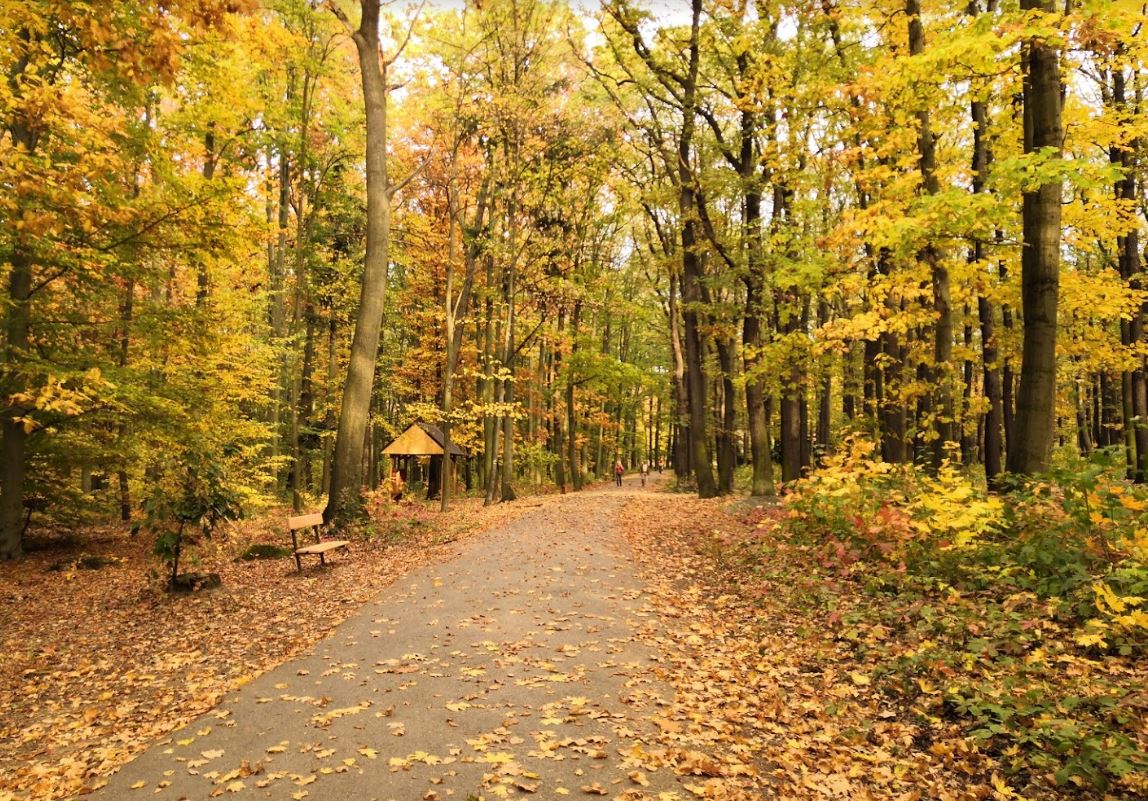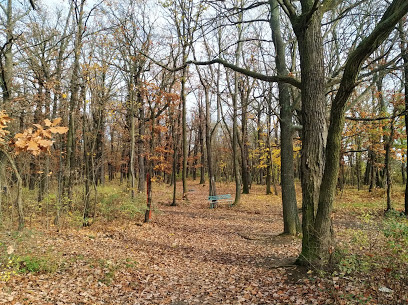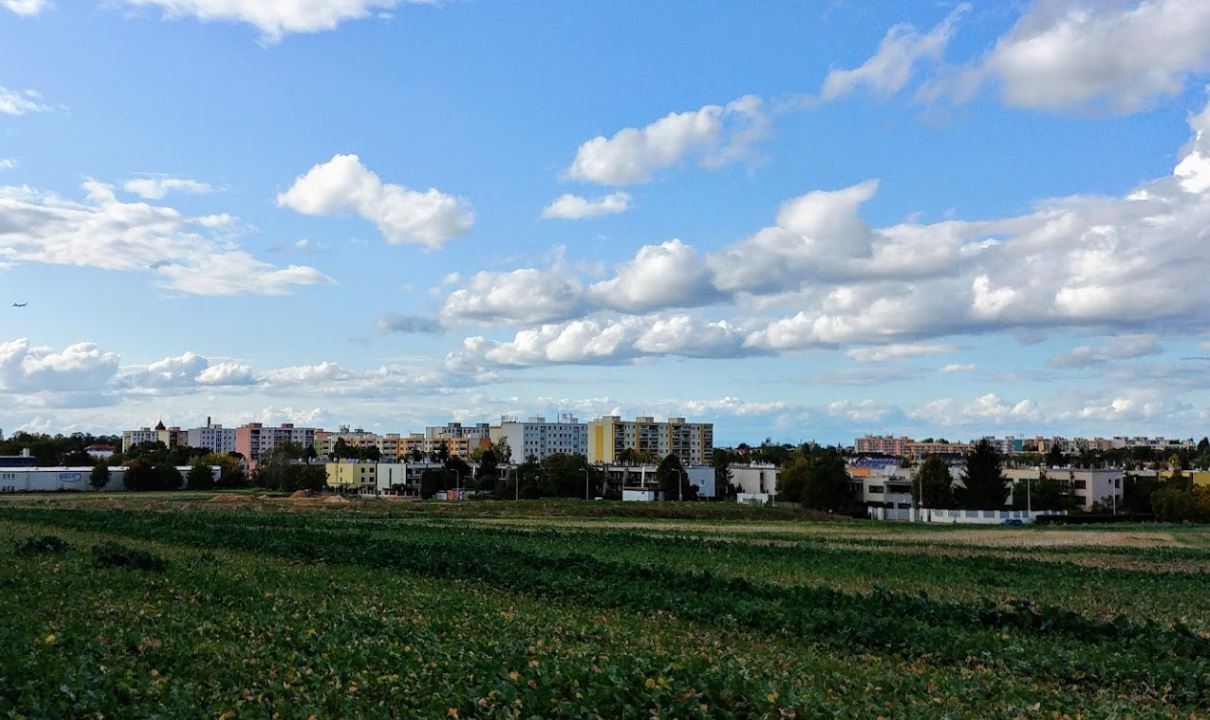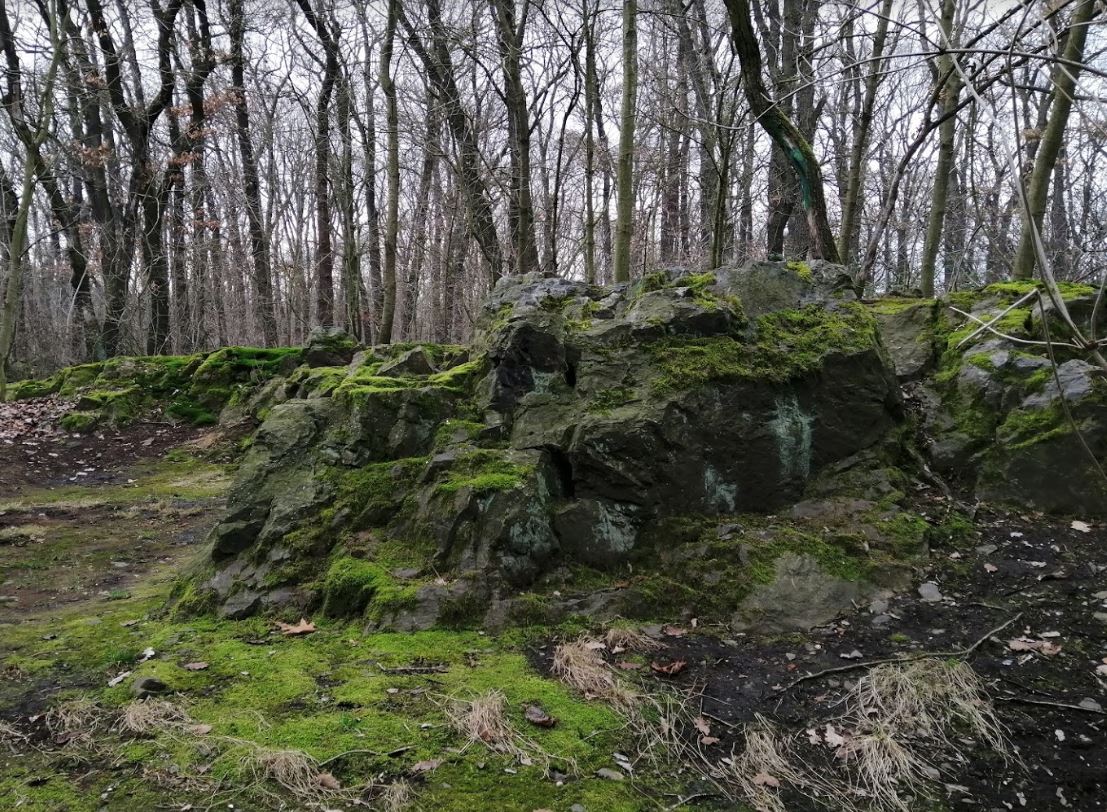Which was owned by the property, had owned the Knights of the Cross with Red Star since the first half of the thirteenth century. It was a gift from Queen Constance, the widow of Pysemysl Otakar I. The donation instrument was confirmed in 1320 by Charles IV, who obtained the order of cruisers under his protection and forbade the sale of his property. Early in the 16th century, timber from the forest was sold on top of Ládví for a large amount. We can find records of this in two preserved wooden accounts dating back to the sixteenth century in addition to a mention in the Cemetery of the Devil's Farm from 1610.
According to the overview of the yields of the Crusader farms, evil people had to cut annually and bring 33 and a half ropes of wood to the yard. At the beginning of the nineteenth century, the Ládví Forest occupies 202 strains and consists mainly of oak, birn, birch, and pine. In the early 1880s, the regeneration of artificial forests was already documented on the Devil's Farm. Pine and pine horns were planted and trenches also dug to protect livestock from the raid. Over the next few years, forests changed a lot, and at the beginning of the twentieth century fir and oak trees were the most common wood species. The Devil's Grove is still larger in the mid-nineteenth century (about 1/6 toward the site of Satan). The history of the forest in the vicinity of the observatory dates back to the 1960s, and from the 1980s to cultivation on a covered sand pit near Kobelisi warehouse.
x
T
R
F
I
H
I
We have 16614 Parks Now ... The First and largest platform for green public parks
Čimický háj
Čimický háj
Ďáblická 160/4, 182 00 Praha 8, Czechia
Every Day : 24 Hours .
About Park
-
Preview
Rock gardens Ďáblice farm and forest in Ládví HillImportant Information
-
Every Day
24 Hours -
Park Area
813200.00 SQM -
Foundation Date
1/1/1610
-
Every Day
-
Intertainment Elements
Sports
Sitting places
Entertainment
Trips
-
Main Elements
- Cleanliness
- Green areas
- Open spaces
- Open paths for walking






